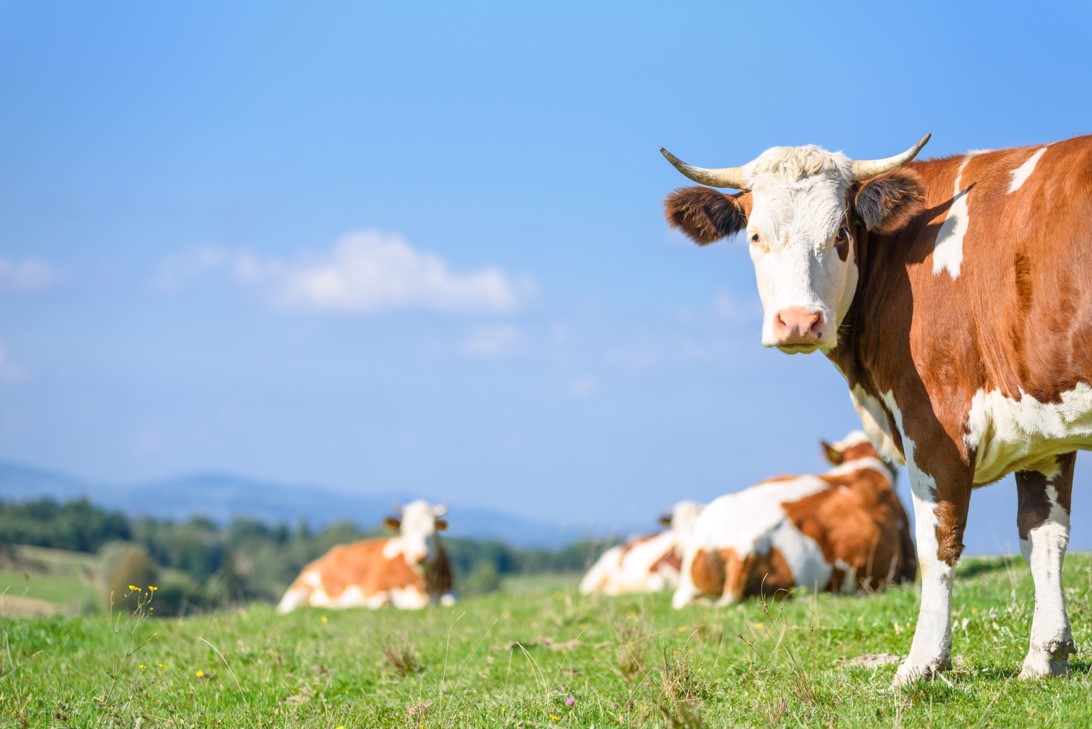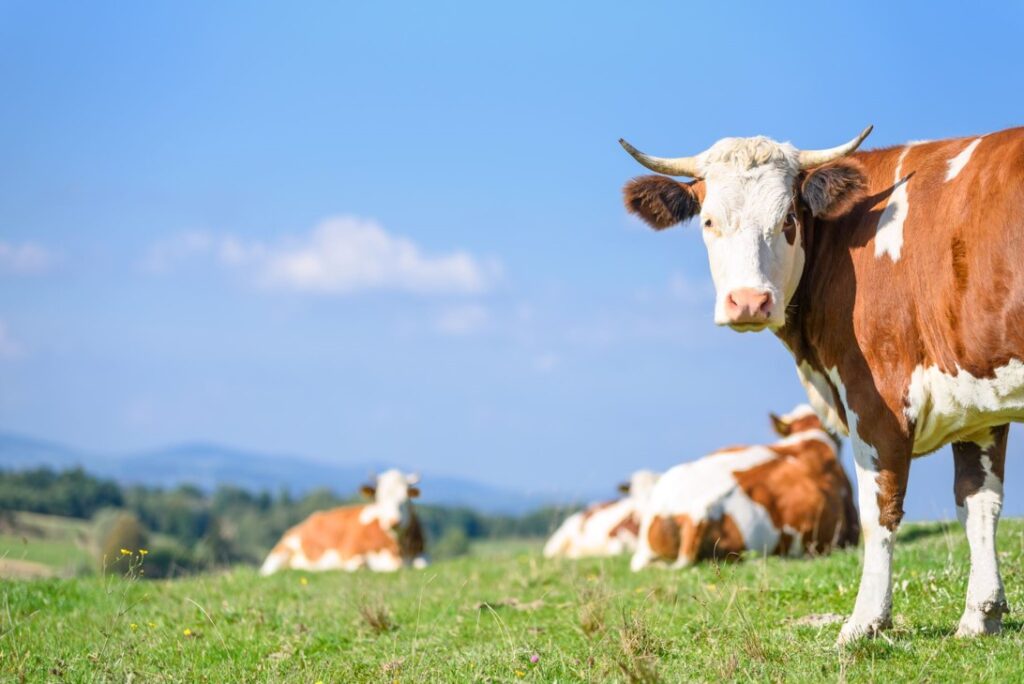Table of Contents
Introduction
Animal and Dairy Science is a multifaceted field that plays a critical role in the global food system, providing essential nutrients through meat, milk, and other dairy products. As the demand for animal-based products increases, it is imperative to adopt innovative practices that enhance productivity while ensuring sustainability. This comprehensive guide explores the latest advancements in animal and dairy science, focusing on sustainable practices, challenges facing the industry, and solutions for a more sustainable future.
Sustainable Dairy Practices
Sustainable dairy practices aim to balance productivity with environmental stewardship and animal welfare. Key strategies include:
1.Feed Efficiency and Management: Improving the efficiency of feed conversion into milk can significantly reduce the environmental footprint of dairy farming. This involves using high-quality feed, optimizing feeding schedules, and incorporating feed additives that enhance digestion.
2.Manure Management: Proper manure management reduces greenhouse gas emissions and water pollution. Techniques such as anaerobic digestion convert manure into biogas, a renewable energy source, while producing nutrient-rich fertilizer.
3.Water Use Efficiency: Implementing water-saving technologies, such as precision irrigation and water recycling systems, can drastically reduce water consumption in dairy farming. Efficient water use also mitigates the risk of water scarcity and contamination.
4.Genetic Improvement: Selective breeding and genetic modification can enhance traits such as milk yield, disease resistance, and feed efficiency. These genetic improvements contribute to higher productivity and reduced environmental impact.
5.Pasture-Based Systems: Grazing systems that mimic natural ecosystems can enhance soil health, sequester carbon, and provide animals with a more natural diet. Rotational grazing, where livestock are moved between pastures, prevents overgrazing and promotes biodiversity.
Sustainability Issues with Animals
The sustainability of animal agriculture faces several challenges, including environmental impacts, animal welfare concerns, and resource constraints. Addressing these issues is critical for the long-term viability of the industry.
1.Greenhouse Gas Emissions: Livestock production is a significant source of methane and nitrous oxide, potent greenhouse gases. Strategies to reduce emissions include improving feed efficiency, adopting manure management practices, and integrating renewable energy systems.
2.Land Degradation: Overgrazing and intensive farming practices can lead to soil erosion, loss of soil fertility, and deforestation. Sustainable land management practices, such as agroforestry and conservation tillage, help maintain soil health and prevent land degradation.
3.Water Pollution: Runoff from animal farms can contaminate water bodies with nutrients, pathogens, and chemicals, leading to eutrophication and public health risks. Implementing buffer zones, constructed wetlands, and proper waste disposal methods can mitigate water pollution.
4.Animal Welfare: Ensuring the well-being of animals is an ethical imperative and a sustainability issue. Practices such as providing adequate space, proper nutrition, and humane handling contribute to the physical and psychological health of livestock.
Worldwide Problems Facing Animals and Pets Today
Beyond agricultural concerns, animals and pets worldwide face numerous challenges that threaten their well-being and survival.
1.Habitat Loss and Fragmentation: Urbanization, deforestation, and agricultural expansion are major causes of habitat loss, leading to decreased biodiversity and displaced wildlife. Conservation efforts, including protected areas and habitat restoration, are vital for preserving ecosystems.
2.Climate Change: Changing weather patterns affect animal habitats, food availability, and migration routes. Species that cannot adapt to these changes face increased risk of extinction. Mitigating climate change through global cooperation and sustainable practices is essential.
3.Illegal Wildlife Trade: The illegal trade of wildlife for pets, traditional medicine, and luxury items drives many species towards extinction. Strengthening international laws and enforcement, along with public awareness campaigns, can combat this issue.
4.Invasive Species: Non-native species introduced to new environments can disrupt local ecosystems, outcompete native species, and cause ecological imbalance. Effective management strategies include prevention, early detection, and eradication programs.
5.Animal Cruelty and Neglect: Many pets and domestic animals suffer from abuse, neglect, and poor living conditions. Promoting responsible pet ownership, stronger animal protection laws, and education on animal care can improve the lives of these animals.
Innovative Practices in Animal and Dairy Science
Innovation is key to addressing the challenges faced by the animal and dairy industry. Several cutting-edge practices are transforming the sector:
1.Precision Livestock Farming (PLF): PLF uses technology such as sensors, GPS, and data analytics to monitor and manage livestock health, behavior, and productivity. This approach enables farmers to make informed decisions, optimize resource use, and enhance animal welfare.
2.Lab-Grown Meat and Dairy: Cultivated meat and dairy products, produced from animal cells in a lab, offer a sustainable alternative to traditional farming. These products require fewer resources, produce less waste, and eliminate animal suffering.
3.Alternative Proteins: Plant-based and insect-based proteins are gaining popularity as sustainable alternatives to animal products. These proteins have a lower environmental impact and can help reduce the demand for livestock farming.
4.Blockchain Technology: Blockchain can improve transparency and traceability in the food supply chain. By recording every transaction from farm to table, it ensures the integrity of animal products and promotes sustainable practices.
5.Vertical Farming: Vertical farming involves growing crops in stacked layers, often in controlled indoor environments. This method can produce animal feed with minimal land use, water, and pesticide application, contributing to sustainable livestock farming.
Conclusion
The future of animal and dairy science hinges on our ability to innovate and adopt sustainable practices. By improving feed efficiency, managing resources wisely, and embracing new technologies, we can reduce the environmental impact of animal agriculture while ensuring animal welfare. Addressing global challenges such as habitat loss, climate change, and illegal wildlife trade requires a concerted effort from governments, industry, and society. As we move forward, a commitment to sustainability will be essential for securing a resilient and ethical food system.
Moreover, education and collaboration across disciplines will play a pivotal role in driving progress. Engaging with farmers, researchers, policymakers, and consumers to share knowledge and foster innovative solutions will be crucial. By prioritizing education and community involvement, we can build a more informed society that supports and advocates for sustainable practices in animal and dairy science. Together, we can pave the way for a future where agricultural practices are both environmentally responsible and economically viable.
References
1.Hristov, A. N., et al. (2013). “Mitigation of Greenhouse Gas Emissions in Livestock Production.” FAO Animal Production and Health Paper. https://www.uncclearn.org/wp-content/uploads/library/fao180.pdf
2.Gerber, P. J., et al. (2013). “Tackling climate change through livestock: A global assessment of emissions and mitigation opportunities.” https://www.fao.org/4/i3437e/i3437e.pdf
3.van Selm, B., R. Hijbeek, M. K. van Ittersum, O. van Hal, C. E. van Middelaar and I. J. M. de Boer (2023). “Recoupling livestock and feed production in the Netherlands to reduce environmental impacts.” Science of The Total Environment 899: 165540. https://www.sciencedirect.com/science/article/pii/S0048969723041633
4.Garnett, T. (2009). “Livestock-related greenhouse gas emissions: impacts and options for policy makers.” Environmental Science & Policy 12(4): 491-503. https://www.sciencedirect.com/science/article/abs/pii/S1462901109000173
5.Thornton, P. K. (2010). “Livestock production: recent trends, future prospects.” Philosophical Transactions of the Royal Society B. https://www.ncbi.nlm.nih.gov/pmc/articles/PMC2935116/
6.Godfray, H. C. J., et al. (2010). “Food Security: The Challenge of Feeding 9 Billion People.” Science. https://pubmed.ncbi.nlm.nih.gov/20110467/
7.Steinfeld, H., P. J. Gerber, T. Wassenaar, V. Castel, M. Rosales and C. De haan (2006). Livestock’s Long Shadow: Environmental Issues and Options. https://www.researchgate.net/publication/239524071_Livestock’s_Long_Shadow_Environmental_Issues_and_Options
8.de Boer, I. J. M., & van Ittersum, M. K. (2018). “Circularity in agricultural production.” Wageningen University. https://www.wur.nl/upload_mm/7/5/5/14119893-7258-45e6-b4d0-e514a8b6316a_Circularity-in-agricultural-production-20122018.pdf


